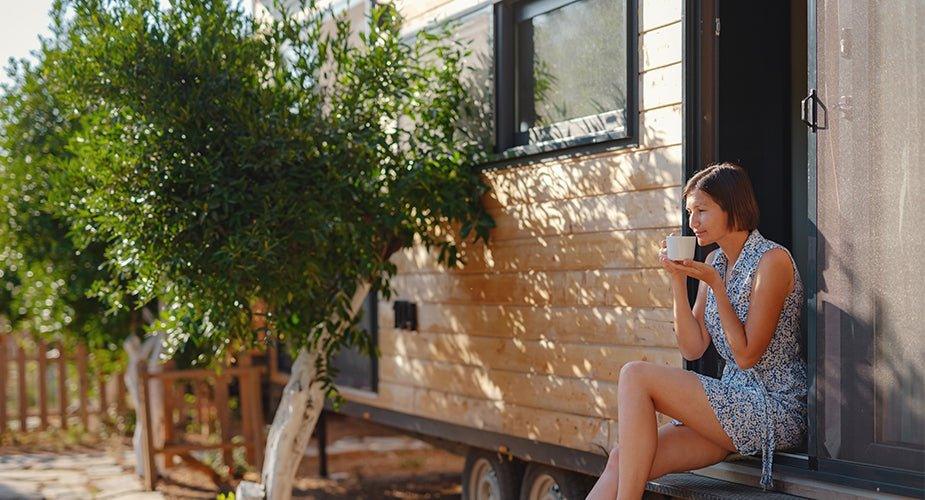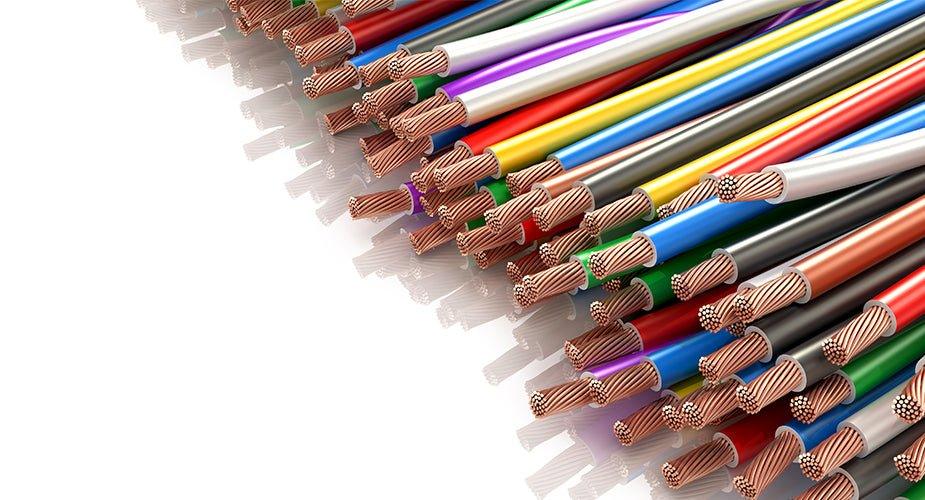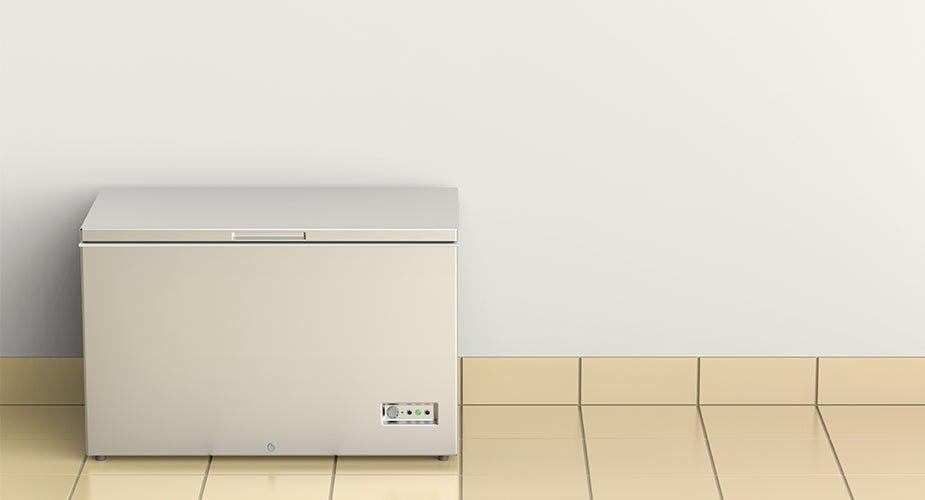Table of Content [ Show ]
Tiny homes are becoming increasingly popular due to their minimalist and sustainable living option. Individuals aiming for financial freedom and a smaller environmental footprint are most likely to consider this alternative to traditional housing.
So, let’s first define what a tiny home is. These homes range from as small as 100 sq. feet to around 400 square feet. Aside from promoting sustainability and a minimalist lifestyle, the main appeal of tiny homes is their affordability, likely due to the skyrocketing prices of housing globally. A more compact size home equals fewer materials, thus lower construction costs. If you are a prospective owner of a tiny home, the most common question will be “How much does it cost to build a tiny home?”, and this article will delve into that question exactly.
Understanding How Much Does it Cost to Build a Tiny Home
But first, let’s quickly explore the main advantages of tiny home living:
1. Affordability- As mentioned, tiny homes are often more affordable than traditional houses, both in terms of upfront costs and ongoing expenses such as utilities, maintenance, and property taxes. This affordability can make homeownership more accessible to those on a limited budget or looking to reduce their housing expenses.
2. Sustainability- Tiny homes offer a sustainable living option, with a smaller environmental footprint compared to larger homes. Homeowners can further enhance the sustainability of their tiny homes by integrating solar panels, rainwater harvesting, and more. For those exploring this option, a common question is, how much does it cost to build a tiny home? The cost varies depending on size, materials, and additional features.
3. Mobility- Tiny homes on wheels offer the flexibility to easily move to different locations. With the rise of work-from-home set up, especially during the Covid pandemic, the appeal of working just about anywhere makes this option appealing.
4. Financial Freedom- By reducing housing costs and living expenses, living in a tiny home can free up money for other priorities, such as travel, hobbies, or savings. In addition, this could also mean debt-free living or at least a significantly lower debt load.
Here are the factors influencing the cost of constructing a tiny home:
1. Size and Style
The size and style of a tiny home play a crucial role in determining its overall cost. Tiny homes typically range from 100 to 400 square feet, with variations in layout and design. It follows that smaller homes with simpler designs tend to cost less to build compared to larger, more elaborate models.
2. Materials and Construction
The choice of materials and construction methods greatly affects the cost of building a tiny home. While some individuals opt for traditional wood framing, others may prefer alternative materials like steel or prefabricated structures. High-quality, eco-friendly materials often come at a premium price but offer long-term durability and energy efficiency, contributing to lower operational costs over time.
3. Location and Land
The cost of land and location can vary significantly across the United States, influencing the overall expense of building a tiny home. Urban areas and regions with high demand may have higher land prices, while rural areas or communities with fewer zoning restrictions may offer more affordable options.
4. Labor and Permitting
Labor costs and permitting requirements vary by location and complexity of the project. Hiring skilled professionals can contribute to higher construction expenses but ensures quality craftsmanship and compliance with building codes.
5. On-Grid or Off-Grid Living
Deciding whether to build an off-grid or on-grid tiny home influences the cost in different ways. Off-grid homes, which are equipped with renewable energy sources like solar panels, wind turbines, or composting toilets, require additional upfront investment but offer greater independence from utility bills, while on-grid homes may have lower initial construction costs but entail recurring monthly expenses.
Learn more about Off Grid Solar Vs On Grid Solar here.
So how much does it cost for a tiny house?
Tiny homes in the United States can vary widely in cost depending on factors such as size, location, materials, and level of customization. Despite having an average cost of $300 per square foot, which is double that of traditional homes at $150 per square foot, tiny homes are generally more cost-effective to build.
Building VS Purchasing
Building a tiny home offers the flexibility to tailor your home to your exact needs, but it comes with significant upfront costs. Most builders spend between $20,000 and $60,000 on materials alone, with costs varying based on preferences and material availability.
On average the total cost of building a tiny home range from $20,000 to $150,000 or more. For a basic DIY tiny home without plumbing or electricity, costs can start as low as $10,000 to $20,000. However, for a professionally built tiny home with high-end finishes and amenities, costs can exceed $150,000.
If building isn't your preference, pre-built tiny homes are available for purchase. These homes, offered by prefabricated providers nationwide, can cost $75,000 or more. Alternatively, pre-owned tiny homes can be a more affordable option, with prices as low as $30,000; however, customizing the space to your liking may result in additional expenses.
Other Expenses to Consider in Building a Tiny Home
Planning and budgeting are, of course, essential steps in building a tiny home. Factors such as hiring professionals for plumbing, electrical work, and custom features can significantly increase the overall cost. Aside from those, there are still other possible unexpected costs to consider. Here are some common unforeseen expenses to prepare for to avoid being caught off guard: How much would it cost to build a tiny home can be influenced by these unexpected costs, including site preparation, permits, and utility hookups, which can add thousands to your total.
1. Site Preparation- Clearing vegetation, grading the land, installing utility connections, and addressing drainage issues are all potential expenses that may arise before construction can begin.
2. Permitting and Regulatory Costs- Navigating the permitting and regulatory process can be complex and costly. Fees for building permits, inspections, impact assessments, and zoning variances can quickly add up, especially in areas with stringent regulations or historic preservation requirements.
3. Transportation and Delivery- If the tiny home is built off-site and transported to its final location, transportation and delivery costs must be factored into the budget.
4. Insurance and Financing- Securing insurance and financing for a tiny home can be challenging, as traditional lenders may have limited options for smaller, “unconventional” dwellings.
5. Tiny House Type Considerations- Depending on the type of tiny home chosen—whether it's on wheels like an RV, on a permanent foundation, or a hybrid model—the associated costs can vary significantly.

Solar Generator for Tiny Home
When considering off-grid or on-grid tiny homes, integrating solar systems is the way to go. If you want to explore a wide range of portable and whole-house solar systems that will fit your energy requirements, make sure to choose from one of the leading and trusted providers in the industry— Nature’s Generator. From the Lithium 1800 (a portable yet powerful generator) to Powerhouse (a whole home eco-power solution that can power almost anything in a home), Nature’s Generator can provide you with the best systems available in the market. Additionally, Nature’s Generator systems are expandable, allowing you to upgrade your energy capacity depending on your needs. For more product information, feel free to get in touch with the Nature's Generator team here.
Final thoughts
Tiny home living has a lot of advantages, including affordability, sustainability, mobility, and financial freedom. However, before venturing into the world of tiny home living, make sure to conduct due diligence and consider all factors. From the size and style of the home to its location and construction materials, every decision can impact the overall cost and feasibility of your tiny home project. How much would it cost to build a tiny home? This depends on the choices you make, including the construction materials, utilities, and any custom features you desire. Additionally, unforeseen expenses such as site preparation, permitting costs, and insurance should be carefully budgeted for. By thoroughly researching and planning, you can ensure that your tiny home journey is not only a cost-effective choice but also a fulfilling and sustainable way of living.
* We want to give credit where credit is due. Professional writer, Michelle Gamana, contributed research and content to this blog titled: How Much Does It Cost to Build a Tiny Home Thank you, Michelle, for your contributions!













